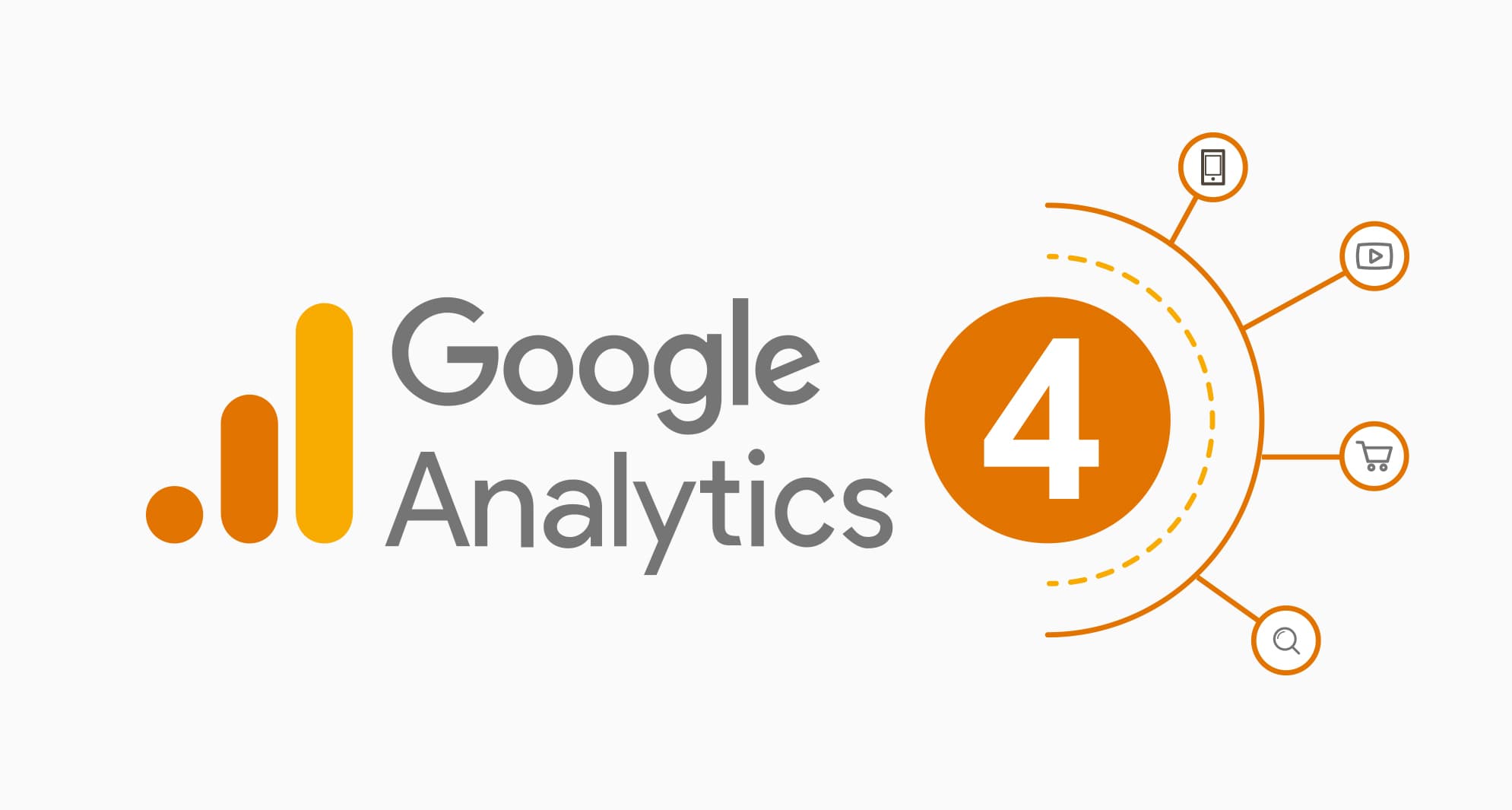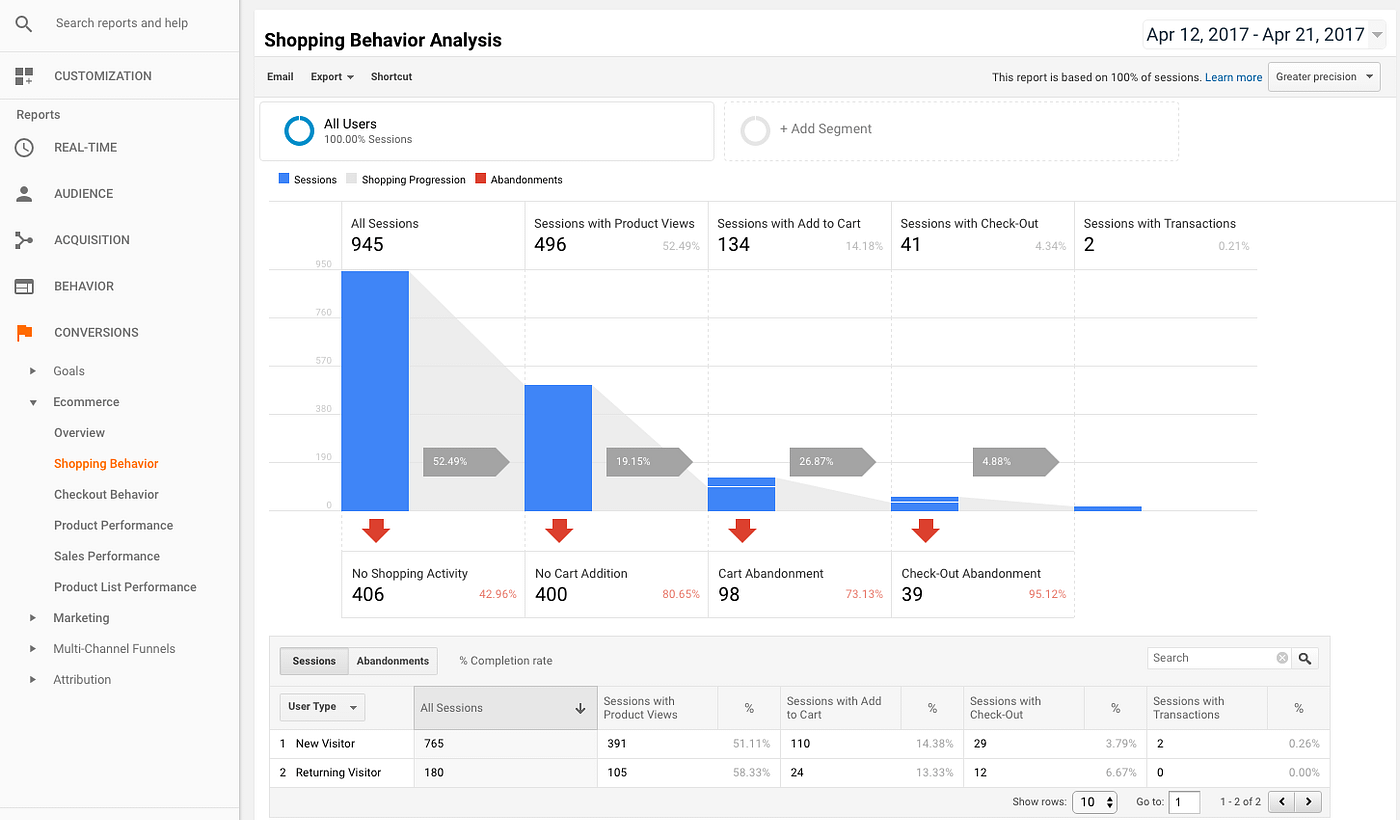Secret Limitations: What Data Does Google Analytics Prohibit Websites from Collecting?
Secret Limitations: What Data Does Google Analytics Prohibit Websites from Collecting?
Blog Article
Leveraging Google Analytics for In-Depth Insights Into Customer Habits and Interaction
In the digital landscape where customer actions and engagement hold the essential to online success, leveraging tools like Google Analytics has actually come to be critical for companies looking for to understand their target market's communications with their systems. This innovative analytics system supplies a riches of information that can reveal complex information regarding just how users navigate sites, engage with content, and ultimately transform - what data does google analytics prohibit collecting. By using Google Analytics, organizations can reveal beneficial understandings that go past surface-level metrics, giving a detailed understanding of user actions and choices
Comprehending User Actions Via Google Analytics
Making use of Google Analytics supplies a thorough understanding of user actions on electronic systems. By analyzing data such as the variety of site visitors, their geographical locations, the pages they see, and the actions they take, organizations can gain valuable understandings into how individuals interact with their web sites or applications. This information permits notified decision-making, allowing organizations to maximize their online presence for enhanced user experience and involvement.
One secret aspect that Google Analytics assists to reveal is user website traffic patterns. By tracking metrics like the source of traffic, recommendation links, and preferred search phrases, companies can recognize what drives individuals to their system. what data does google analytics prohibit collecting. This understanding help in tailoring advertising and marketing techniques to target details demographics or rate of interests properly
Moreover, Google Analytics offers in-depth reports on individual engagement, showcasing metrics like bounce prices, session durations, and conversion rates. Recognizing these metrics offers beneficial responses on the performance of content, style, and total user experience, encouraging services to make data-driven improvements and drive better outcomes. Essentially, Google Analytics works as an effective device for understanding customer behavior and enhancing digital systems for success.
Studying Website Traffic Patterns
Understanding the circulation of website traffic on an internet site is crucial for optimizing its performance and enhancing individual interaction. Evaluating web site web traffic patterns gives important insights right into exactly how individuals engage with the website, what material they find most interesting, and where they might be encountering obstacles. By leveraging tools like Google Analytics, web site owners can track metrics such as web page views, one-of-a-kind visitors, bounce prices, and ordinary session period to gain a comprehensive understanding of individual behavior.
Additionally, evaluating the actions circulation within the web site can highlight prominent touchdown web pages, exit web pages, and the most usual courses individuals take with the site. Identifying these patterns makes it possible for internet site proprietors to make informed decisions concerning material positioning, navigation improvements, and overall site design to boost user experience and drive conversions.
Monitoring Customer Involvement Metrics
To grow the understandings gained from evaluating web site web traffic patterns, it is vital to concentrate on tracking user engagement metrics. Individual involvement metrics provide beneficial information regarding exactly how site visitors communicate with a site, showing the degree of rate of interest and fulfillment with the web content. By tracking metrics such as bounce price, ordinary session period, web pages per session, and conversion prices, internet site proprietors can understand the performance of their web content and individual experience.
Bounce rate measures the percentage of site visitors that browse far from the website after checking out only one page, indicating whether the content is interesting and relevant. Average session period discloses just how much time site visitors invest in the site, showing their level of interest. Pages per session metric programs the average number of pages visitors view throughout a session, showing the deepness of exploration. Conversion rates track the percentage of site visitors that finish a desired activity, such as purchasing or loading out a kind, reflecting the performance of the internet site in driving customer actions. By evaluating these customer interaction metrics, web site owners can make educated choices to maximize their web content and customer experience to improve engagement and attain their objectives.
Identifying Conversion Opportunities
Determining possible conversion opportunities is an important aspect of enhancing website performance and attaining wanted individual activities. With Google Analytics, organizations can webpage discover valuable insights that can help in recognizing areas where individuals are leaving or not continuing to the preferred conversion activities. By evaluating metrics such as conversion rates, landing page efficiency, and user flow, companies can determine possible traffic jams in go to this web-site the conversion procedure.

In addition, using Google Analytics' actions flow feature can supply a visual representation of how users browse through the site. This can help in recognizing prominent paths as well as any kind of obstacles that may be preventing conversions. By leveraging these insights, organizations can optimize their internet site for boosted individual experience and increased conversion prices.
Enhancing Customer Experience With Data-Driven Insights
By leveraging data-driven insights from Google Analytics, businesses can tactically enhance their web site to improve individual experience and drive higher conversion prices. Understanding user actions through data evaluation permits companies to customize their internet sites to meet the certain demands and preferences of their target audience. By determining crucial metrics such as bounce rates, session duration, and prominent web pages, businesses can acquire beneficial understandings into exactly how users connect with their site.
Google Analytics gives thorough info on user demographics, devices utilized, and even the certain actions taken on the site. This data enables businesses to make enlightened choices on internet site style, material positioning, and overall individual flow. By leveraging these understandings, companies can develop an extra personalized and interesting user experience, resulting in enhanced complete satisfaction and commitment.
Moreover, data-driven insights can assist my link companies recognize pain factors in the user journey and execute targeted improvements to simplify the conversion process. By continually keeping an eye on and assessing customer actions, businesses can adapt and maximize their site to guarantee a pleasurable and smooth experience for visitors, eventually driving higher conversion rates and optimizing organization success.

Final Thought
To conclude, Google Analytics provides important insights into individual habits and interaction on web sites. By assessing website traffic patterns, tracking engagement metrics, and determining conversion chances, services can make data-driven decisions to improve the individual experience. Leveraging these understandings can bring about enhanced website efficiency and raised conversions.
By tracking metrics such as bounce price, average session period, web pages per session, and conversion prices, internet site proprietors can recognize the performance of their web content and individual experience.
Conversion rates track the percentage of site visitors that complete a wanted action, such as filling or making an acquisition out a type, showing the effectiveness of the website in driving customer activities. By assessing these individual engagement metrics, website proprietors can make educated choices to maximize their web content and individual experience to boost interaction and achieve their objectives.
By leveraging these understandings, companies can maximize their internet site for improved customer experience and increased conversion prices.
By leveraging data-driven understandings from Google Analytics, services can tactically optimize their website to improve individual experience and drive greater conversion prices.
Report this page